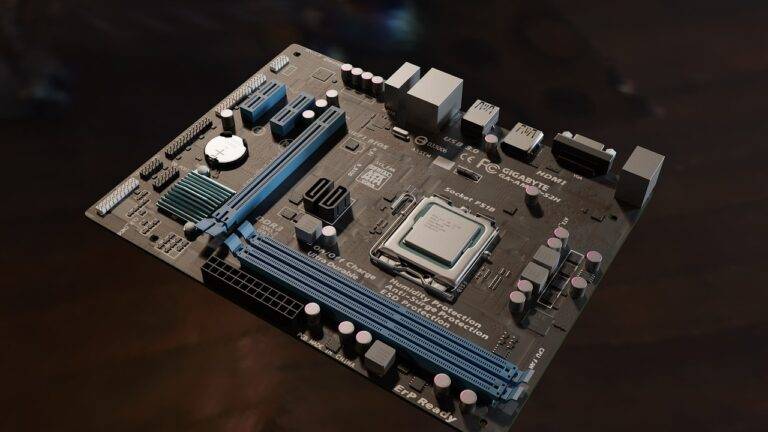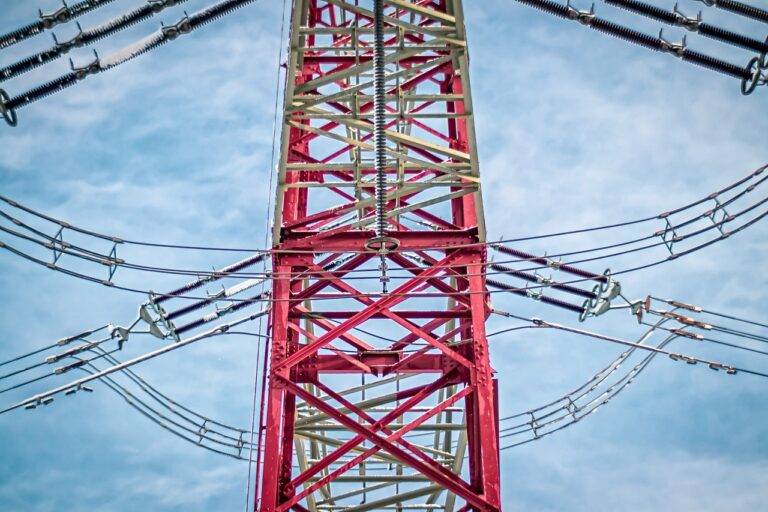Exploring the Latest Developments in 3D Printing Technology
3D printing technology has revolutionized the way we create and manufacture products. It has rapidly advanced in recent years, with new developments constantly pushing the boundaries of what is possible. In this article, we will explore the latest innovations in 3D printing technology and how they are shaping the future of manufacturing.
Materials Advancements
One of the most significant developments in 3D printing technology is the expansion of materials that can be used in the printing process. In the past, 3D printers were limited to a few types of plastics. Now, with advancements in materials science, 3D printers can use a wide range of materials, including metals, ceramics, and even food.
Speed and Efficiency
Another key area of development in 3D printing technology is the improvement of printing speed and efficiency. New printing processes and hardware innovations have dramatically reduced printing times, allowing for faster production of parts and products.
Resolution and Detail
Advancements in 3D printing technology have also led to improvements in print resolution and detail. High-resolution 3D printers can now produce intricate and highly detailed objects with precision. This has opened up new possibilities for industries such as healthcare, where precision is crucial.
Multi-material Printing
Multi-material printing is a cutting-edge development in 3D printing technology that allows printers to use multiple materials in a single print job. This capability enables the creation of complex, multi-functional objects with different properties in various parts of the object.
Bioprinting
Bioprinting is a rapidly growing field within 3D printing technology that focuses on printing living tissues and organs. This groundbreaking development has the potential to revolutionize healthcare by enabling the creation of custom-made organs for patients in need of transplants.
Industrial Applications
The latest developments in 3D printing technology have had a significant impact on various industries, including aerospace, automotive, and healthcare. Companies are using 3D printing to create prototypes, custom parts, and even entire products, leading to faster prototyping and production processes.
Future Trends
As 3D printing technology continues to evolve, we can expect to see even more exciting developments in the future. These may include advancements in automation, artificial intelligence, and even 3D printing in space. The possibilities are endless, and the future of 3D printing looks bright.
FAQs
What is 3D printing technology?
3D printing, also known as additive manufacturing, is a process of creating three-dimensional objects by layering materials on top of each other. This technology allows for the production of complex shapes and structures that would be impossible to create with traditional manufacturing methods.
How does 3D printing work?
3D printing works by taking a digital model of an object and slicing it into thin layers. The 3D printer then builds the object layer by layer, using a variety of materials depending on the type of printer and application. The result is a fully formed three-dimensional object created from the ground up.
What are the benefits of 3D printing?
Some of the key benefits of 3D printing include rapid prototyping, customization, cost-effectiveness for small production runs, and the ability to create complex geometries. 3D printing also reduces material waste and allows for greater design freedom compared to traditional manufacturing methods.
What are some current limitations of 3D printing?
Some limitations of 3D printing technology include material restrictions, limited size capabilities for large objects, post-processing requirements for certain materials, and slower production speeds compared to traditional manufacturing methods. However, ongoing advancements in 3D printing technology are addressing many of these limitations.
Where is 3D printing technology headed in the future?
The future of 3D printing technology is bright, with ongoing developments in materials, speed, resolution, and applications. We can expect to see even greater advancements in automation, artificial intelligence, and bioprinting, as well as continued growth in industrial applications and consumer adoption of 3D printing technology.
Conclusion
3D printing technology continues to evolve at a rapid pace, with new developments pushing the boundaries of what is possible. From materials advancements and speed improvements to bioprinting and industrial applications, the latest innovations in 3D printing are shaping the future of manufacturing. As technology continues to advance, we can look forward to even more exciting developments in the world of 3D printing.





